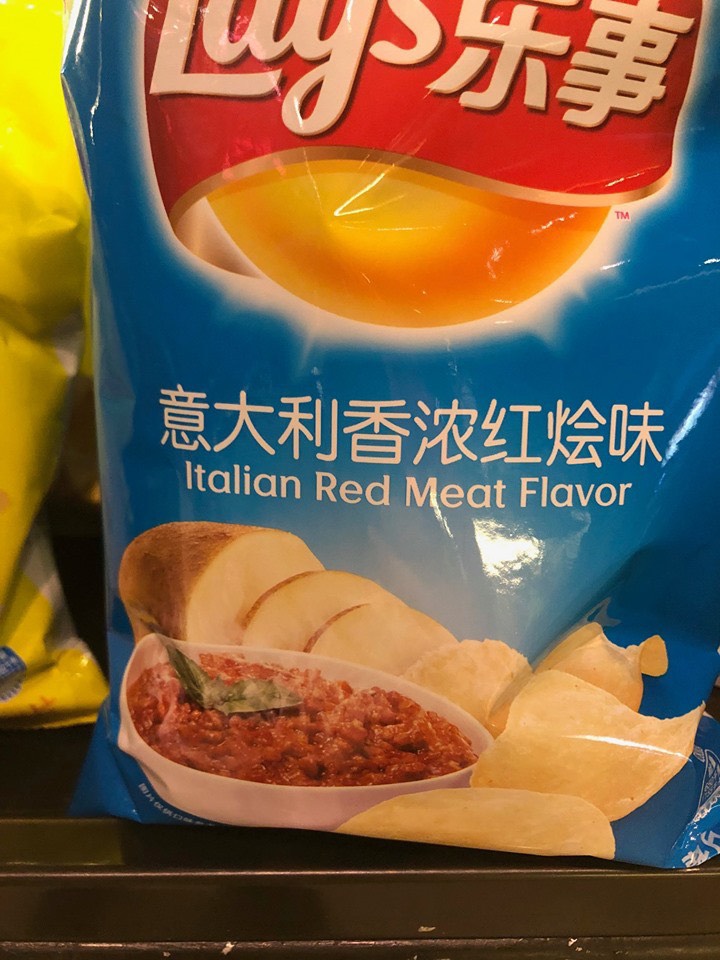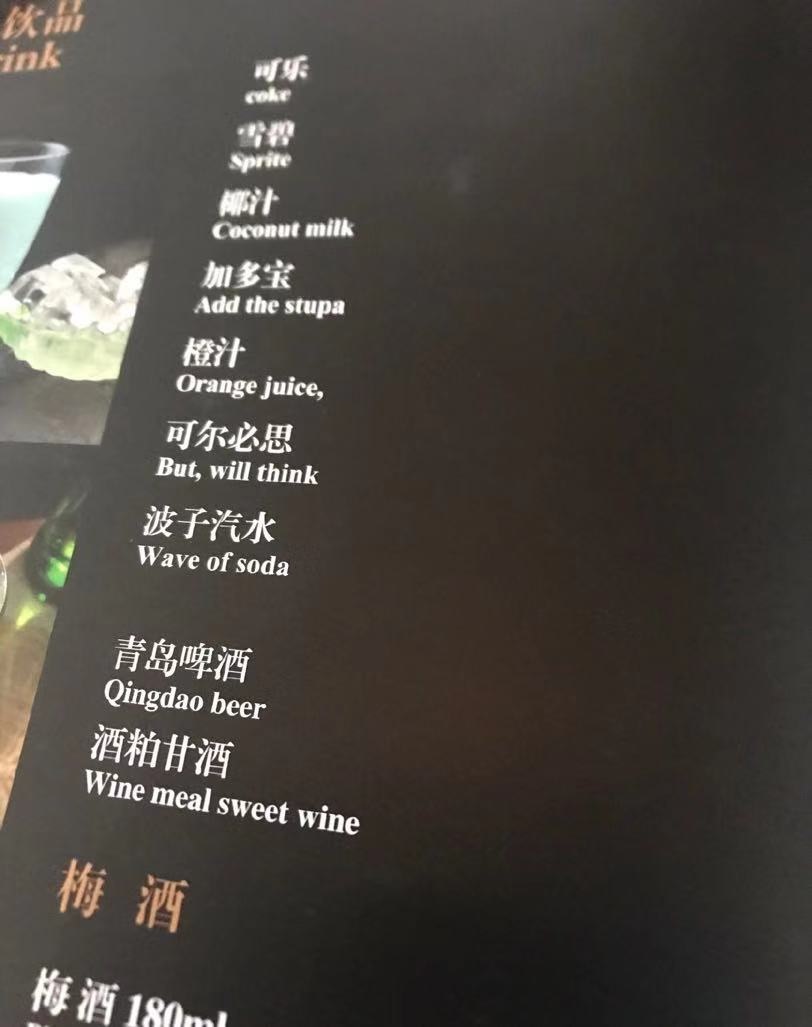Archive for Transcription
Amazing new Japanese words
These come from the following nippon.com article:
"Pay It Forward: The Top New Japanese Words for 2019" (12/13/19)
I'll list the words first, then explain which one is my favorite.
A prefatory note: nearly half of the words on these lists are based wholly or partly on borrowings from English, though they are assimilated into Japanese in such a manner that they are unrecognizable to monolingual English speakers.
Read the rest of this entry »
Tero: an English word in Japanese garb
Three days ago, I passed through immigration at Kansai International Airport (near Osaka). I was struck by a large, prominently displayed word in katakana (syllabary for transcription of foreign words and onomatopoeia): tero テロ.
Since I was in a restricted area of the airport, naturally I couldn't take a picture of the signs with this word on them, but I knew right away from the circumstances what it signified: "terrorism" — they were taking strict precautions against it.
Read the rest of this entry »
Loose Romanization for Cantonese
A month ago, it was being called "Women's Romanization for Hong Kong" (8/17/19). Now it has been catapulted into an all-purpose, across-the-board status for the Hong Kong anti-extradition protesters:
"Insurgent tongues: how loose Cantonese romanisation became Hong Kong’s patois of protest", by Rachel Leung Ka-yin, Hong Kong Free Press (9/21/19).
Leung's article begins:
“Gwong Fuk Heung Gong! Si Doi Gark Ming!”*
If you understand the above slogan, chances are you’re probably a Hong Konger born in the post-80s or 90s. If that did not make any sense to you, the “language” in use is a form of loose Cantonese romanisation, which recently saw a surge from the niche to widespread use in political activism via the online platform LIHKG**.
*["Liberate Hong Kong! the revolution of our times!"]
**[VHM: like Reddit]
Read the rest of this entry »
"Loser" in Taiwan and in China
From Don Keyser:
Perhaps you are familiar with the Taiwan slang word lǔshé 魯蛇 — I was not, and needed to look it up. Cute. Picking evocative characters pronounced lu3she2 — for "loser." This usage is sufficiently common to have found its way into Pleco, though it befuddled Google Translate when I first tried there.
Those who write for Sīxiǎng tǎnkè 思想坦克 [Voicettank] often identify themselves in witty ways. This author, Ke Fanxi 柯汎禧, informs the reader that he is a loser at the lowest rung of academia, currently a doctoral student at the Institute of Political Science of Sun Yat-Sen University: "Zuòzhě mùqián shì jiùdú yú Zhōngshān dàxué zhèngzhì xué yánjiū suǒ de bóshì shēng, xuéshù zuì dǐcéng de lǔshé 作者目前是就讀於中山大學政治學研究所的博士生,學術最底層的魯蛇.
Having occupied that rung myself in the long ago, I appreciate both the sardonic wit and the accuracy. Well, there ARE lower rungs, to be sure, but mere doctoral candidates can certainly be made to feel like creepy, crawly losers.
The article "Hán fěn de xìnxīn dào nǎlǐ qùle 韓粉的信心到哪裡去了?" ("What has happened to the confidence of Han [Kuo-yu's] fans?") referred to above is found here.
Read the rest of this entry »
Diglossia in action
Neil Kubler spotted this restaurant sign last week in Xi'an in northwest China:
Read the rest of this entry »
How to learn to read and write Chinese
From the moment I began learning Mandarin more than half a century ago, I had a strong, visceral opposition to learning the characters. I wanted to learn the language — its phonology, grammar, lexicon, morphology, syntax, idioms. My teachers forced me to learn some characters, but I figured out various ways to devote much more of my time focusing on the language rather than on the writing system. Most of my secrets for learning Sinitic languages in pre-digital days are detailed in the "Readings" below. But it is so much easier to learn Chinese in the current age of electronic resources than it was even a couple of decades ago. Now there's no excuse for or reason to slave over character flash cards and dictation (tīngxiě 聽寫 /听写 [a striking example of the difference between traditional and simplified characters]).
Read the rest of this entry »
Xinjiang Uygur
China Daily News headline:
"Xinjiang Uygur sees big influx of visitors", by Cheng Si (8/7/19)
N.B.: "Domestic travelers accounted for 98 percent of those visiting the region, while the top three sources of overseas visitors were Kazakhstan, Russia and Mongolia."
Never mind that it's hard to imagine why tourists would be rushing to the world's largest concentration camp. The wording of the title left me reeling: what is this "Xinjiang Uygur" that is seeing a "big influx of visitors"? As the subject of a passive sentence about an increase of tourists, that locution strikes me as ungrammatical and unidiomatic. (If they changed the last word and wrote "Xinjiang Uygur sees big influx of borrowings", then I could understand the first two words as referring to the standard Uyghur language of the region.)
I'm not the only person who feels that way.
Read the rest of this entry »
Italian Red Meat Flavor potato chips
Jeff DeMarco writes:
My son in Hong Kong made this insightful quip regarding the attached photo: “I feel cooperation with China is ultimately going to depend on us understanding each other's potato-chip flavors.”
I presume the meaning is something along the line of “spaghetti sauce flavor….”
Read the rest of this entry »
First grade science card: Pinyin degraded, part 2
Another science card given out to first grade students in Shenzhen, China (see "Readings" below for the first one):
Read the rest of this entry »
Sememic spelling
During the last century and a half or so, there have been thousands of schemes for the reform of the Sinitic writing system. Most of these schemes were devised by Chinese, though a relatively small number of them were created by foreigners. They run the gamut from kana-like syllabaries to radical simplification of the strokes, to endless varieties of Romanization. Among the more linguistically sophisticated (but also difficult to learn) are tonal spelling schemes, such as Gwoyeu Romatzyh (National Romanization), which spell out the Mandarin tones with letters. There have even been efforts to produce Romanizations that could be read out by speakers from different areas according to the pronunciation of their own topolects, e.g., the Romanisation Interdialectique of Henri Lamasse (c. 1869-1952) and Ernest Jasmin (fl. 1920-1950) and Y. R. Chao's (1892-1982) diaphonemic orthography called General Chinese.
Read the rest of this entry »





